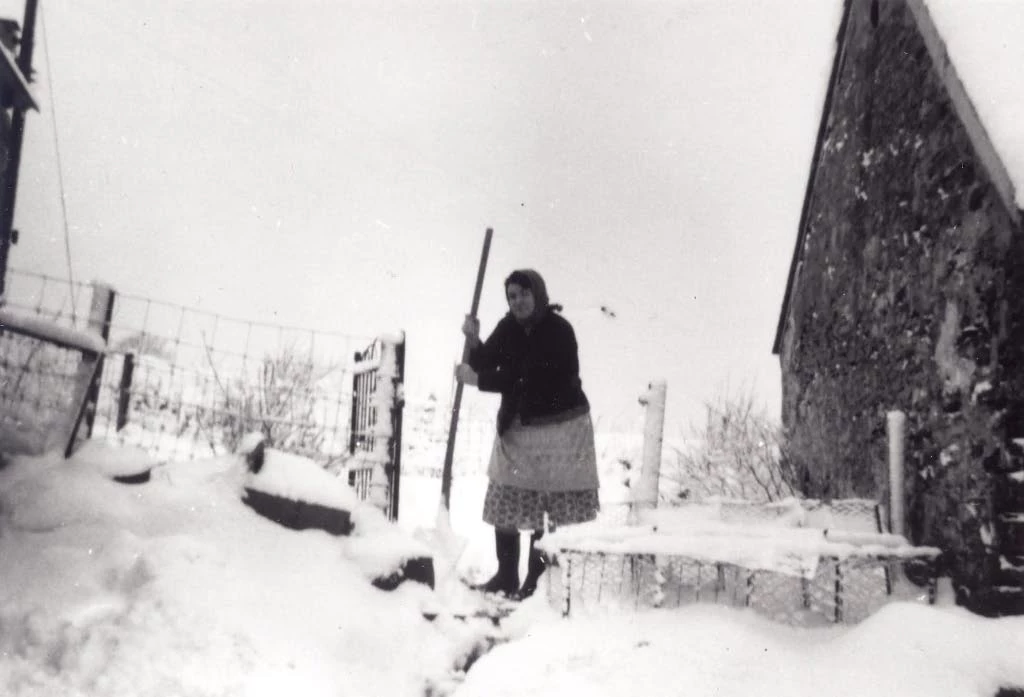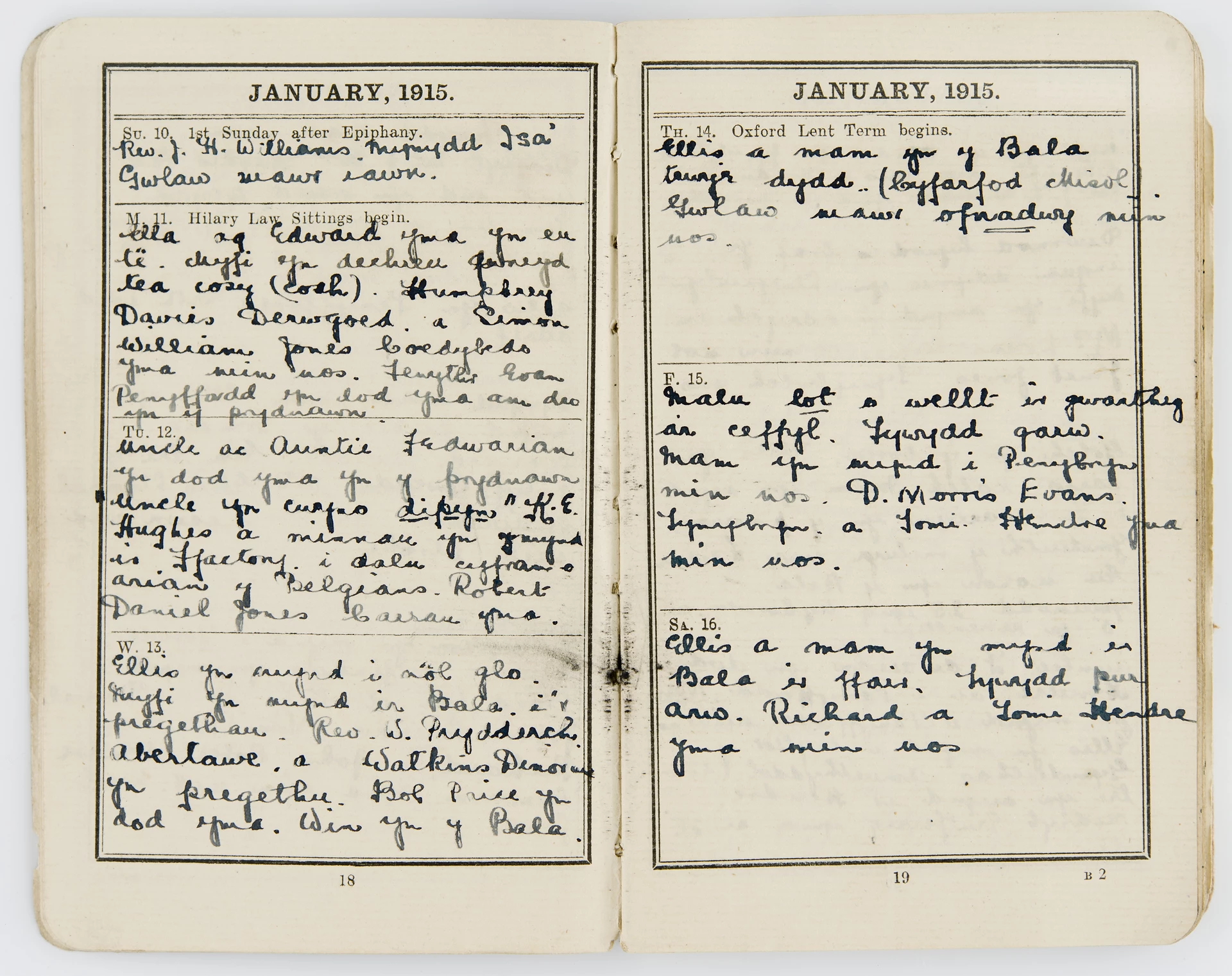Newbridge War Memorial – Remembering the Fallen
, 30 January 2015
Before Christmas, I posted a blog about our First World War collections. If you’ve had a chance to browse our new online catalogue, you’ll know that we have a number of campaign medals and memorial plaques in the collection. Recently, we accepted a donation from the family of Private Alfred Prosser Workman – a coal miner who is commemorated, along with his brother Edward, on the Newbridge War Memorial. Thanks to the generosity of Mrs Gaynor Hoare, we now have Alfred's Victory Medal, British War Medal and memorial plaque in the collection.
Alfred Prosser Workman
Alfred Prosser Workman served with the 11th South Wales Borderers. He married Mrs Hoare’s grandmother, Elsie Mayo, in 1915. After his death in 1916, the young widow went on to marry Mrs Hoare’s grandfather, William Thomas, in 1919. Elsie remained close to Alfred’s family long after he had died. Although not a blood relative, her son called Alfred’s mother ‘Granny Workman’.
Memorial on the move
The Newbridge War Memorial was re-erected here at St Fagans in 1996. Its original location, high on a hill in Caetwmpyn Park, Newbridge, made access an issue for ageing veterans. A new memorial was built in the town centre and the original structure was offered to the Museum. Members of the Newbridge Branch of the Royal British Legion organise an annual service of remembrance at the Museum. It remains, twenty years down the line, their memorial.
Community engagement
The First World War centenary has provided an opportunity for us to re-connect with the people of Newbridge. Across the country, communities of ‘citizen historians’ are coming together to uncover their First World War heritage, and Newbridge is no exception. Supported by Ken Merriott of the Newbridge Branch, Tim and Suzy Bowers have been researching the hidden histories of the 79 men commemorated on Newbridge War Memorial. Take a look at their fantastic website to learn more about the project. Alfred Prosser Workman’s story is featured here.
This research is also accessible at the Museum in the Reading Room of Oakdale Institute. We have condensed the men’s biographies into short profiles which you can browse in the form of replica broadsheet newspapers.
This project is supported by the Armed Forces Community Covenant Grant Scheme.


















